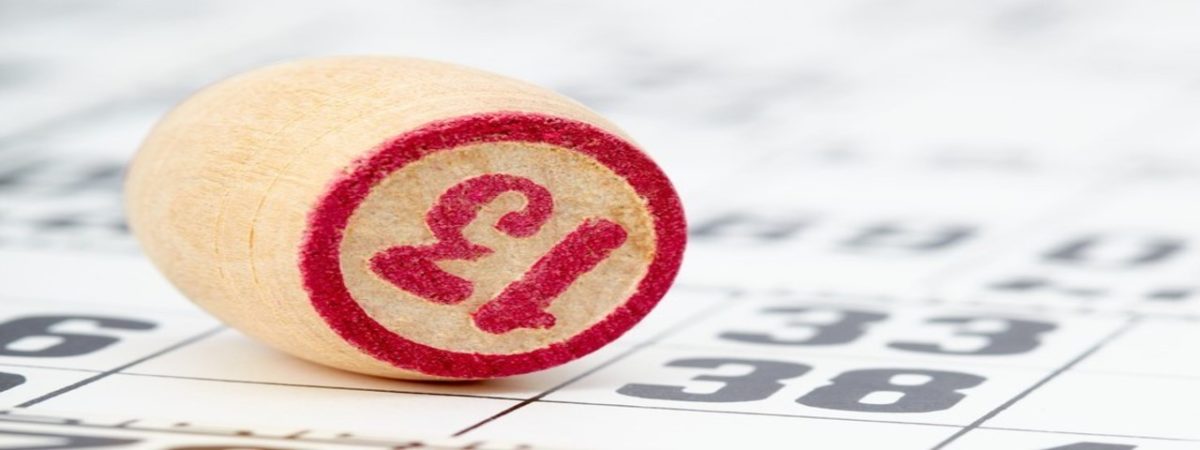Economic Freedom of the World 2015 Annual Report
SUGGESTED

Drinkers subsidise non-drinkers by £6.5bn each year

An outline of Britain’s 13 biggest economic policy mistakes of the last century

The latest edition of this annual report, published in association with the Institute of Economic Affairs
The index published in Economic Freedom of the World measures the degree to which the policies and institutions of countries are supportive of economic freedom. The cornerstones of economic freedom are personal choice, voluntary exchange, freedom to enter markets and compete, and security of the person and privately owned property. Forty-two data points are used to construct a summary index and to measure the degree of economic freedom in five broad areas:
1. size of government: expenditures, taxes, and enterprises;
2. legal structure and security of property rights;
3. access to sound money;
4. freedom to trade internationally; and
5. regulation of credit, labour, and business.
Since our first publication in 1996, numerous studies have used the data published in Economic Freedom of the World to examine the impact of economic freedom on investment, economic growth, income levels, and poverty rates. Virtually without exception, these studies have found that countries with institutions and policies more consistent with economic freedom have higher investment rates, more rapid economic growth, higher income levels, and a more rapid reduction in poverty rates.
The EFW index now ranks 157 countries and territories. The nations added this year are: Bhutan, Guinea, Libya, and the Seychelles. Data are available for just over 100 nations and territories back to 1980, and many back to 1970.2 This data set makes it possible for scholars to analyze the impact of both cross-country differences in economic freedom and changes in that freedom across four decades.
Economic freedom around the world
Average chain-linked rating
The average chain-linked economic freedom rating for the 102 countries with continuous ratings since 1980 has increased from 5.31 in 1980 to 5.77 in 1990 before jumping to 6.74 in 2000 and finally to 6.86 in 2013. The global average increased slightly this past year.
Top-rated countries
Hong Kong and Singapore, once again, occupy the top two positions. The other nations in the top 10 are New Zealand, Switzerland, United Arab Emirates, Mauritius, Jordan, Ireland, Canada, and the United Kingdom.
Other major countries
The rankings of some other major countries are the United States (16th), Japan (26th), Germany (29th), South Korea (39th), Italy (68th), France (70th), Mexico (93st), Russia (99th), China (111th), India (114th), and Brazil (118th).
Lowest-rated countries
The 10 lowest-rated countries are: Angola, Central African Republic, Zimbabwe, Algeria, Argentina, Syria, Chad, Libya, the Republic of Congo, and, in last place, Venezuela.
Economic freedom and human progress
- Nations that are economically free out-perform non-free nations in indicators of well-being.
- Nations in the top quartile of economic freedom had an average per-capita GDP of $38,601 in 2013, compared to $6,986 for bottom quartile nations (2013, PPP constant 2011 US$) (exhibit 1.6).
- In the top quartile, the average income of the poorest 10% was $9,881, compared to $1,629 in the bottom quartile in 2013 (2013 PPP constant 2011 US$) (exhibit 1.9). Interestingly, the average income of the poorest 10% in the most economically free nations is about 50% greater than the overall average income in the least free nations.
- Life expectancy is 80.1 years in the top quartile compared to 63.1 years in the bottom quartile (exhibit 1.10).
- Political and civil liberties are considerably higher in economically free nations than in unfree nations (exhibit 1.11).
For the full dataset – and to download individual chapters – please click here. The full publication can be downloaded here or by using the link above.
To read the press release click here.
Fullscreen Mode



